Begins 1 July Date Month of July | Type Religious Ends 31 July | |
 | ||
Similar Gion, Yasaka Shrine, Shijō Street, Kiyomizu‑dera, Karasuma Station | ||
Gion matsuri 2016
The Gion Festival (祇園祭, Gion Matsuri) takes place annually in Kyoto and is one of the most famous festivals in Japan. It goes for the entire month of July and is crowned by a parade, the Yamaboko Junkō (山鉾巡行) on July 17 and July 24. It takes its name from Kyoto's Gion district.
Contents
- Gion matsuri 2016
- Gion matsuri in hd yasaka shrine events
- Ancient years
- Modern times and gallery
- Schedule of events
- Yamaboko float details
- Hoko floats
- Yama floats
- References
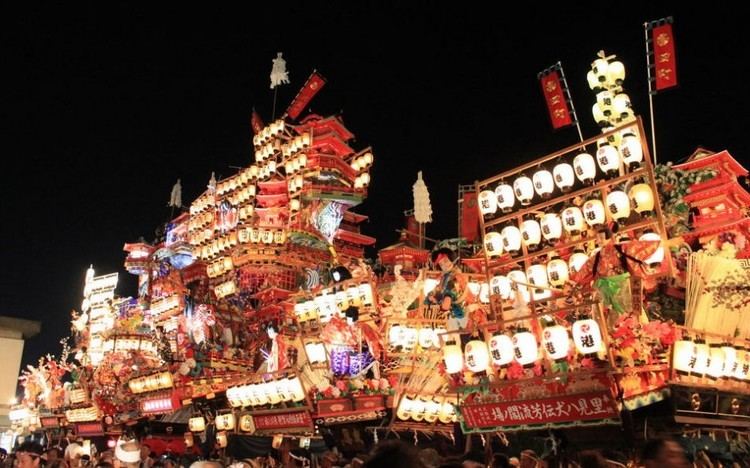
Kyoto's downtown area is reserved for pedestrian traffic on the three nights leading up to the massive parade. These nights are known as yoiyama (宵山) on July 16 and July 23, yoiyoiyama (宵々山) on July 15 and July 22, and yoiyoiyoiyama (宵々々山) on July 14 and July 21. The streets are lined with night stalls selling food such as yakitori (barbecued chicken skewers), taiyaki, takoyaki, okonomiyaki, traditional Japanese sweets, and many other culinary delights. Many girls dressed in yukata (summer kimono) walk around the area, carrying with them traditional purses and paper fans.

During the yoiyama evenings leading up to the parade, some private houses in the old kimono merchant district open their entryways to the public, exhibiting valuable family heirlooms, in a custom known as the Byōbu Matsuri, or Folding Screen Festival. This is a precious opportunity to visit and observe traditional Japanese residences of Kyoto.
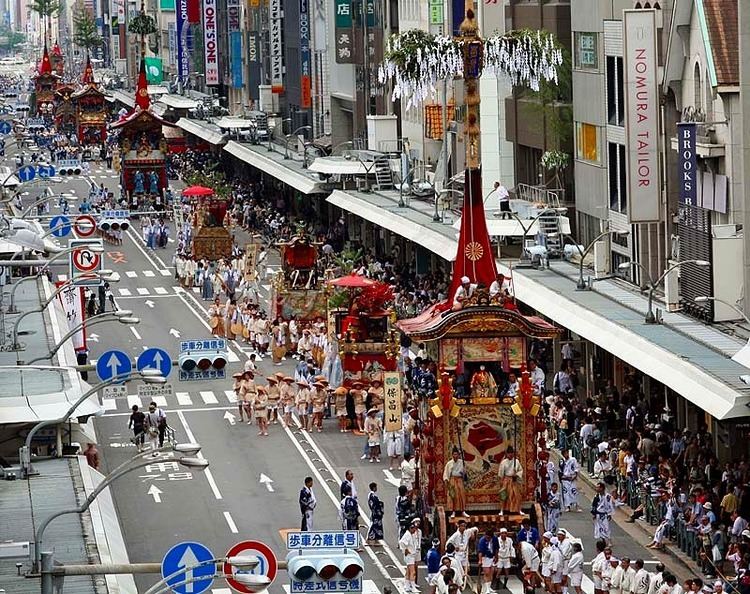
Gion matsuri in hd yasaka shrine events
Ancient years
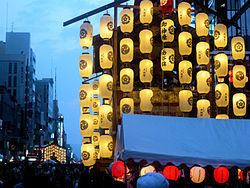
This festival originated as part of a purification ritual (goryo-e) to appease the gods thought to cause fire, floods and earthquakes. In 869, the people were suffering from plague and pestilence which was attributed to the rampaging deity Gozu Tennō (牛頭天王). Emperor Seiwa ordered that the people pray to the god of the Yasaka Shrine, Susanoo-no-Mikoto. Sixty-six stylized and decorated halberds, one for each province in old Japan, were prepared and erected at Shinsen-en, a garden, along with the portable shrines (mikoshi) from Yasaka Shrine.
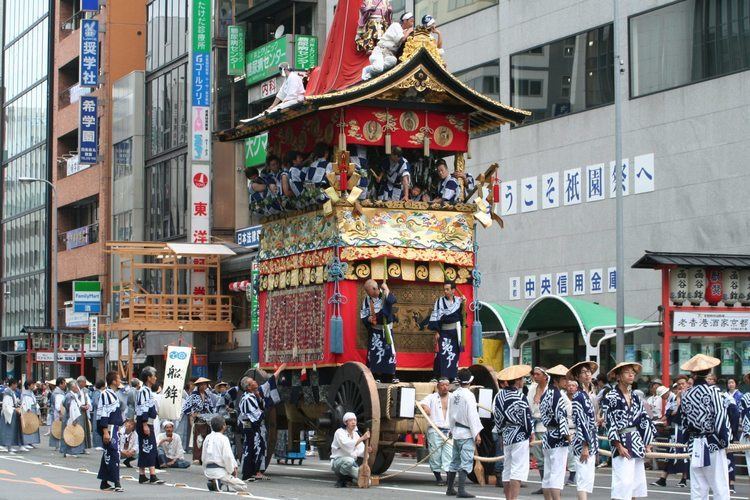
This practice was repeated wherever an outbreak occurred. In 970, it was decreed an annual event and has since seldom been broken. Over time the increasingly powerful and influential merchant class made the festival more elaborate and, by the Edo period (1603–1868), used the parade to brandish their wealth.
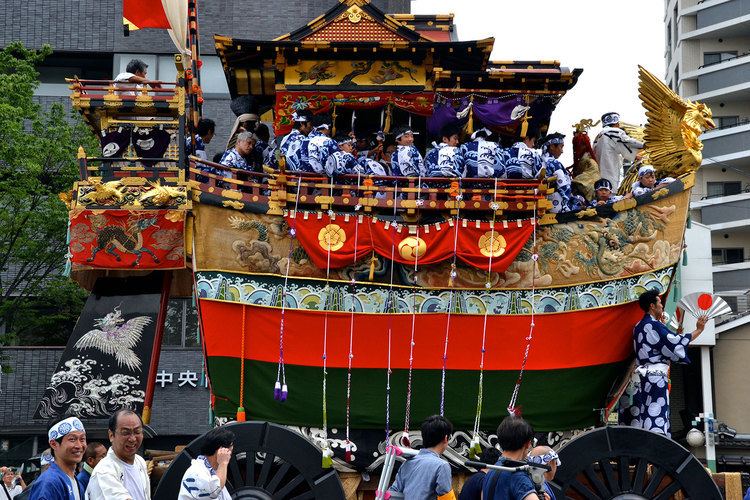
In 1533, the Ashikaga shogunate halted all religious events, but the people protested, stating that they could do without the rituals, but not the procession. This marks the progression into the festival's current form. Smaller floats that were lost or damaged over the centuries have been restored, and the weavers of the Nishijin area offer new tapestries to replace destroyed ones. When not in use, the floats and regalia are kept in special storehouses throughout the central merchant district of Kyoto in the care of the local people.
This festival also serves as an important setting in Yasunari Kawabata's novel, The Old Capital which he describes, along with the Festival of Ages and the Aoi Festival, as "the 'three great festivals' of the old capital".
Modern times and gallery
The festival continues to be held.
Schedule of events
Following is a list of selected events of Gion Matsuri every year.
Yamaboko float details
The floats in the Yoiyama Parade are divided into two groups, Hoko and Yama, and are collectively called Yamaboko (or Yamahoko). There are 9 of the larger Hoko (long pole or halberd) which represent the 66 spears used in the original purification ritual, and 23 of the smaller Yama which carry life-size figures of famous and important people. All the floats are decorated with beautiful tapestries both from Nishijin (the finest in all of Japan) and imported from all over the world. In addition to the art, there are many traditional musicians and artists sitting in the floats. In 2009 Yamahoko was listed on the Representative List of the Intangible Cultural Heritage of Humanity.
Each year the families that maintain the floats draw lots at a special meeting to determine what order they will take in the festival. These lots are issued at a special ceremony before the parade, during which the Mayor of Kyoto dons the robes of a magister. On the Naginata Hoko is the chigo, a young boy in Shinto robes and crowned by a golden phoenix, chosen from among the Kyoto merchant families as the deity's sacred page. After weeks of special purification ceremonies, during which he lives isolated from contaminating influences such as the presence of women, he is carried atop the float as he is not permitted to touch the ground. The boy must cut a sacred rope (shimenawa) with a single stroke to begin the matsuri.
